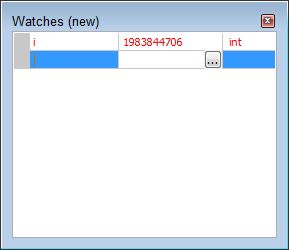We’re always trying to find new ways to have flavorful meals that are also healthy. To make this happen, we use a wide range of herbs, oils, and other flavor enhancers, plus interesting combinations of food items. One of our goals is to reduce both added salt and sugar intake to nearly nothing (in fact, nothing would be best). Most people get more than enough salt and sugar to meet their dietary requirements directly with their food—no additional salt or sugar is required.
I’ve been experimenting with a recipe for a French toast-like breakfast that actually tastes better than the standard product, but contains significantly less sugar and salt. After playing with this recipe for a while, I think I’ve come up with a solution that works. Just in case you’d like to try it yourself, here’s the recipe:
Orange Spice Breakfast Toast
| ¼ tsp | Cloves |
| 1 tsp | Cinnamon |
| ½ tsp | Orange Extract |
| 3 | Eggs |
| 2 tbs | Sugar or Splenda |
| ¾ cup | Milk |
| Spray Shortening or Canola Oil |
Put eggs and sugar/Splenda in bowl and whisk until frothy. Add milk slowly using whisk. Add spices and orange extract. Pour about ½ cup of mixture onto a plate (or whatever will fit comfortably). Dip bread into mixture and ensure both sides are thoroughly soaked. Spray frying pan with shortening or add canola oil and heat until a drop of water bounces on surface. Place soaked bread into pan and fry until brown on both sides. Most frying pans will actually accommodate two pieces of bread at once.
We used a tiny bit of margarine and just a sprinkle of powdered sugar (less than ¼ tsp) to dress up the toast when finished. Recipe serves 4 people with some leftover or 5 people if you want to be a tad stingy.
The toast ends up tasting quite nice, but without the sugar that comes with standard French toast. A cup of syrup normally costs you 67g of sugar and 257g of salt (and most people use more than a cup). Using this recipe, with real sugar instead of Splenda, will cost you only 6g of sugar and no additional salt (the bread you use still contains salt, but the salt is there in both recipes). Interestingly enough, both cloves and cinnamon have nutritional benefits; although the amount of nutrition you get with this recipe is somewhat limited.
I’m still playing with this recipe a bit. How much spice do you like with your toast? Is the amount of orange extract enough to produce a pleasing, but not overwhelming taste? Let me know your thoughts on alternative breakfast offerings at [email protected].


